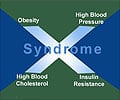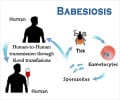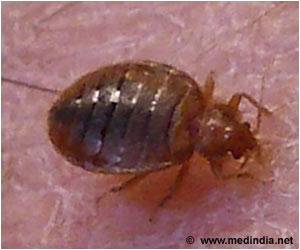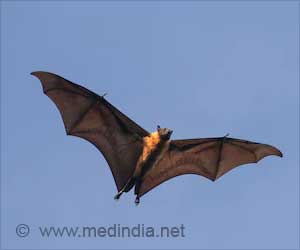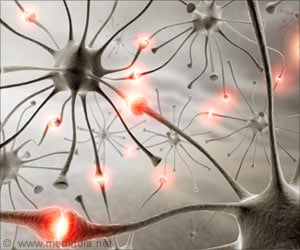Bloodstream-form African trypanosomes are thought to rely exclusively upon a metabolic pathway called glycolysis, using glucose as a substrate, for ATP production.

‘Metabolic flexibility may be essential for adaptation to environmental conditions and survival in mammalian host tissues.’





The authors showed that even wild-type parasites, grown in the presence of glucose and glycerol, use both substrates and have active gluconeogenesis. Moreover, mammalian-infective parasites assemble a dense surface glycoprotein coat, the glycan components of which incorporate carbons from glycerol. Therefore, gluconeogenesis can be used to drive metabolism and metabolite biosynthesis. The results reveal that trypanosomes exhibit metabolic flexibility and adaptability, which is likely required for survival in multiple host tissue environments.
According to the authors, this finding should be considered when devising metabolically targeted therapies. The authors add, "The findings challenge a dogma that has persisted for more than 30 years; that these parasites rely solely on glucose and glycolysis for energy production in their mammalian hosts."
Source-Eurekalert





